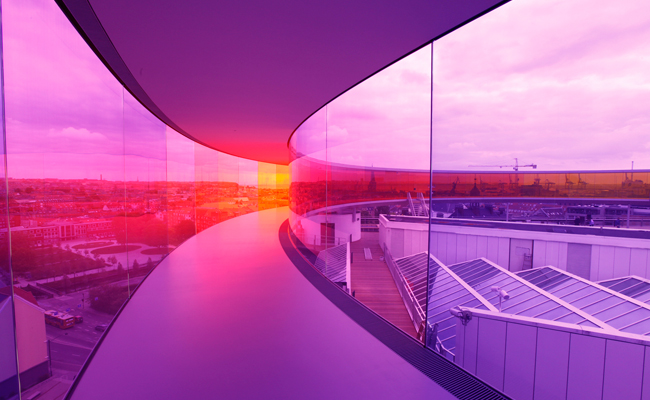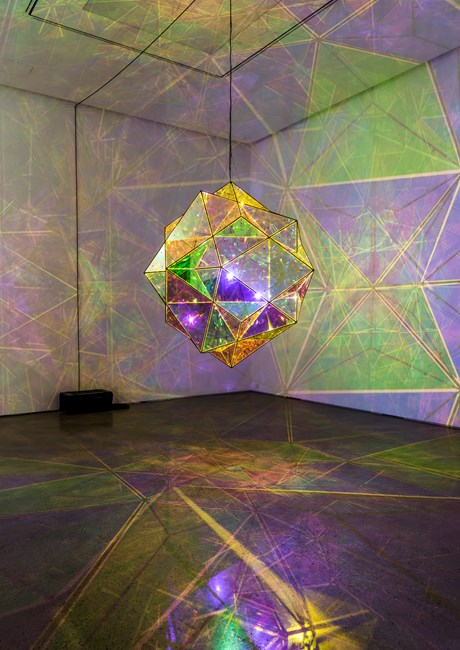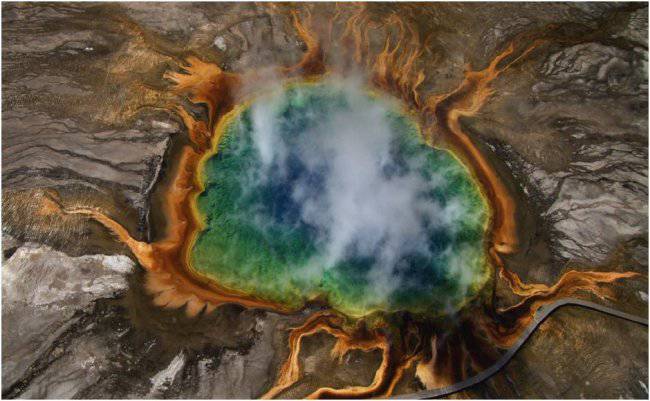“Green” thinking is a new model of human behaviour. Due to the new paradigm, we can maintain perfect ecological balance on Earth in the new age. The shift of thinking towards “green” technologies is brightly represented in impressive examples, such as the model eco-city in Freiburg, the tremendous amount of energy produced by the wind turbine park in Denmark, the restored forests in South Korea.
The main goals of stable development enunciated during the UN Global Assembly and the agreement concluded in Paris in 2015 are events that formed constructive development trends for the whole planet. New eco-solutions could advance the new age of Homo Ecologicus, an age of a completely new approach to Earth problems aimed at creation.
HSH Albert II, the Prince of Monaco, known worldwide as the Green Prince, proactively participates in the “green” movement and advances the ecological thinking on our planet. Prince Albert II initiated various ecology projects, including the Clean Equity Conference and the Award of the Prince of Monaco. More than 1,800 investors, scientists, diplomats take part in the Clean Equity Conference every year. During conference sessions, more than 380 projects have been initiated. Due to ecological activities of the Prince, Monaco is transforming into one of the world centres for the advancement and support of “green” innovations.
Albert II also supports the Festival for Earth, created by artist Maria Rebecca Ballestra as an art project that will contribute to social, scientific and economic transformation through creativity and culture. In 2018, climate change and economic opportunities associated with a sustainable future, accelerating the transition to promoting environmentally friendly culture were the focus of the festival. The Festival for Earth is supported by the Prince Albert II Foundation, the Euro-Mediterranean Centre for Climate Change, the Oceanographic Museum of the Principality of Monaco and the Museum of Natural History (Venice).
“The artists are true creative power of a civilisation and society. In his creations, the artist anticipates the changes which would embrace other spheres of social and cultural life after one or two generations,” wrote Mircea Eliade. The new age enriched the art and the creativity with the new spirit of the times, with the “green” art which creates new reality and endeavours to bring the changes into the real life.
Artists, writers, movie directors converge the art and social requirements of the present day and try to transform real life with their creations all over the world. Famous American photographer Ansel Adams wrote in his autobiography: “The quality of the place, the reaction to the direct contact with the Earth and creative objects such as mountains and the sky are crucial for the integrity of our existence on our planet.”
Olafur Eliasson’s installations, architectural performances by Amanda Schachter and Alexander Levis, virtual forests by Naziha Mestaoui, Davis Maisel’s photographic observations and exhibitions of the French sculptor Paulo Grangeon in collaboration with the World Wildlife Fund are just a few examples of “green” art successfully converging art and ecology, creativity and social problems. Interaction between art, ecology and social issues becomes valuable part of cultural policy in many countries.
The “green” art is not only a new trend of modern art creating images and symbols of new age and new reality, but also an art of action spreading new ideas of ecological thinking. The associative method of introduction to ecological ideas may be difficult to initial understanding, but it is able to change thinking drastically.
Famous Hollywood actor Leonardo Di Caprio has recently become one of the most recognisable activists of the American “green” movement. In 2008, he established the Leonardo Di Caprio Foundation for the protection of the environment. The main goal of the foundation is to attract public attention to possibilities that would help stopping the global climate warming.
In 2016, Di Caprio shot the “Before the Flood” movie about the global warming. He cooperated with Fisher Stevens, James Packer, Bret Ratner, Trevor Davidoski and Jennifer Davisson Killoran. Martin Scorsese was the general producer of the movie. The movie was presented during the Toronto International film festival in September 2016, and later was broadcast worldwide via National Geographic Channel and other TV channels.
The actor noted the movie is the result of three years of travel. The crew visited various corners of the Earth to depict the after-effects of the climate change. The movie shows the disastrous state of our planet and inspires viewers to find the means to amend it.
Starting from the premiere the creation of Di Caprio has received a wide response. The movie is being discussed worldwide on well-known TV channels, in key universities. Leading scholars, presidents of different countries, key persons of the art are participating in the discussion. To restore the original “Before the Flood” state to the humankind, it is crucial to change the way of thinking by various means including “green” art.
American Actor Richard Gere is also actively involved in the “green” movement. Due to his focus on the problems of ecology, Gere has received the International Green Award.
“Green” technologies are changing not only energy markets but also the lifestyle which has demonstrated its deficiency during thousands of years. The new Modus Vivendi of the New Millennium Human is being created. New ecological awareness his beginning to spread worldwide due to “green” persons and creative “green” projects.
Luc Besson produced the “Home” movie and also provided the main idea for it. The movie can be called the culmination of the spatial research of the director. The movie premiered in 87 cities all over the world on June 5, 2009, as part of the International Environment Day. Besson cooperated with famous French photograph Yann Arthus-Bertrand for the movie. It was based on 15 years of the filming, about 500,000 photographs by Yann Arthus-Bertrand, the “Atlantis” documentary by Luc Besson and also on the philanthropic activities of the director.
The “Home” has become one of the key eco-projects of the cinema, a manifesto of the “green” generation which can be characterised as non-aggressive, meditative and ecological consideration of the world.
This grandiose mega project was filmed at bird’s eye view using Cineplex high resolution camera. The filming crew visited 53 countries in 18 months and have filmed the places of the Earth, which are in need of urgent help.
The “Home” movie presents effective cinema and new age, when an audience of thousands of spectators are able to see the true state of our planet and try to find a solution worldwide.
The number of “green” art projects is increasing day by day. One could consider installations and architectural performances during Expo 2017 in Astana as another example of “green” art as well. Marc Fornes’s Coral sculpture was acknowledged as one of the key installations. The sculpture had been created to attract spectators’ attention to the problem of disappearing coral riffs.
The International Green Technologies & Investments Centre recently established in Astana under the guidance of former EXPO 2017 Commissioner Rapil Zhoshybayev will also contribute to the creation and development of “green” art projects in Kazakhstan.
New “green” thinking will come into being only when all countries collaborate and influence each other. It is worth repeating the words of the authors of the “Home” movie: “We are capable to continue the history of the Earth together.”
The author is a coordinator of the Art for Sustainable Development project
supported by IGTIC.






